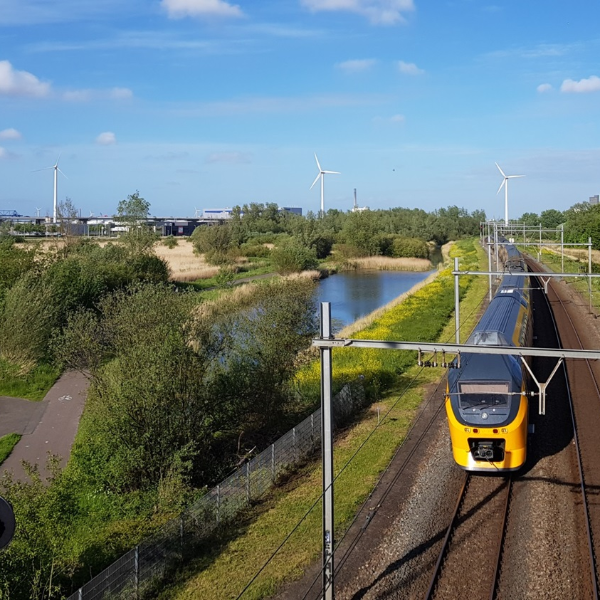Study of railway track stability

Study of railway track stability
For many railway embankments in the Netherlands, it is not known whether they would remain stable under more intensive use or in a changing climate. With train traffic growing, it is imperative to find out whether the earthen structures on which the tracks rests are sturdy enough – especially considering 8 out of every 10 railway embankments are more than 100 years old. To investigate this, in 2020 ProRail established the ‘Programma baanstabiliteit’ research programme, for which four engineering firms measured the stability of over 2,600 kilometres of railway embankments in the Netherlands.
Witteveen+Bos, Arcadis, Sweco, and Royal HaskoningDHV worked together to draw up an inventory of existing railway embankments’ quality. At the end of 2023, their efforts revealed that, as had been expected, several routes required further investigation. This led to questions from national media outlets regarding the safety of these railway embankments.
Geotechnical engineer Jos de Greef of Witteveen+Bos: ‘There’s no acute safety concern. ProRail’s concern anticipates a growth in use of railways due to increasing passenger and freight flows. Before using the tracks more often and with heavier equipment, it’s wise to investigate beforehand whether it can be done safely.’
TerraPlus
The TerraPlus software package was used to collect, access and share soil data for the study in a unified way. The application was developed by Witteveen+Bos engineers in response to the need to make data from soil surveys clear and accessible. TerraPlus allowed us to gain insight into the composition of the subsurface of all railway embankments in the Netherlands. This information was used as input for assessing the stability of track structures, for which over a million calculations were performed.
Next phases
Many of the railway embankments require more research. This will take place in the programme’s second phase, during which insights from the first phase will be enriched with archival research, site-specific knowledge, and ground surveys. The routes on which more, faster or heavier trains are already scheduled to ride will be given priority.
For some parts of the Netherlands, measures will ultimately be necessary to ensure the stability of railway structures. These measures might include installing sheet piling or retaining berms, or monitoring stability with sensors. In some places, measures are already being taken, such as between Deventer and the Dutch-German border near Oldenzaal, where monitoring of the railway embankment is being performed to measure the impact of the faster train to and from Berlin. Between Delft and Schiedam, too, on which stretch the number of trains will increase in the coming years, ProRail is already investigating how the railway embankment can be reinforced.